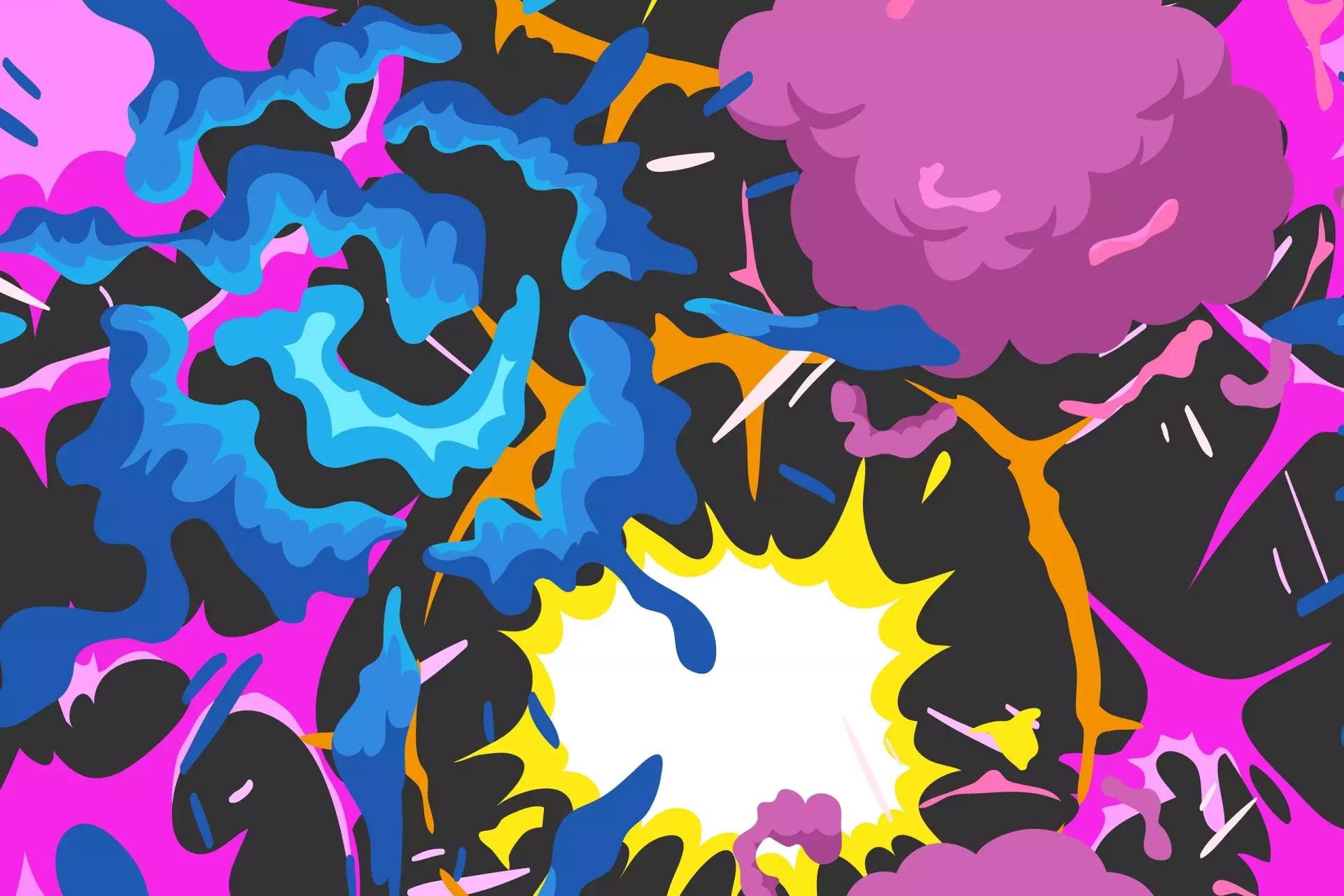What is Swag?
Swag is a term that has evolved significantly throughout the years. Originally used in the 19th century, it referred to goods or valuables, often of questionable origin. Today, it has moved into the realm of slang, representing a sense of style, confidence, and charisma. It conveys the way one carries themselves, how they dress, and the overall aura they project.
A Brief History of the Term “Swag”
To appreciate the modern usage of the word, it’s essential to look back at its etymology. The term “swag” likely originates from the Scandinavian word “svagga,” which means to sway or droop. It was adopted by the English language and, by the 1800s, began to signify loot or stolen goods.
In the 90s and early 2000s, however, the word took on a new connotation in hip-hop culture. Artists like Jay-Z and Soulja Boy popularized the term, associating it with a cool persona and stylish appearance.
Modern Usage of Swag
Today, swag is commonly used in various contexts. It can refer to someone’s unique style, their confidence, or even promotional items handed out at events, known as “swag bags.” For example:
- Fashion: Someone might say, “Those shoes really add to your swag!” implying that the shoes enhance their fashionable appearance.
- Confidence: A person might exude swag if they navigate a social event with ease and charm, making an impression.
- Promotional Items: Companies often give away branded merchandise, such as T-shirts or tote bags, referred to as swag.
Swag in Popular Culture
Swag has permeated not only street culture but mainstream media as well. Movies, music, and social media have all contributed to its widespread popularity. Here are some notable influences:
- Music: One of the most significant shifts occurred with the rise of hip-hop, as many artists flaunt their swag through lyrics and fashion. Songs like “Swag Surfin'” and “Swag on My 100” have etched the term into the cultural lexicon.
- Fashion Shows: Designers frequently incorporate the concept of swag into their collections, showcasing styles that evoke confidence and individuality.
- Social Media: Platforms like Instagram and TikTok thrive on visuals and trends, where influencers showcase their swag, often in fashion and lifestyle contexts.
Case Studies: The Impact of Swag on Brands
Several brands have successfully harnessed the concept of swag to enhance their connection with consumers. Here are a couple of examples:
1. Nike’s Swag Strategy
Nike has long been associated with the swaggering persona of athletes. Their marketing campaigns often highlight the importance of confidence in sports and fitness. The iconic “Just Do It” campaign emphasizes personal swag, encouraging individuals to embrace their own unique style and abilities.
2. Coca-Cola’s Swag Merchandising
Coca-Cola is another brand that has effectively utilized swag through promotional products. By creating limited-edition apparel and accessories, they allow consumers to flaunt their brand allegiance in a fashionable way. This strategy not only fosters brand loyalty but also enhances the consumer’s personal swag.
Statistics on Swag in Marketing
The impact of swag in marketing is quantifiable. According to recent statistics:
- Promotional products have a 79% recall rate, making swag an effective marketing tool.
- More than 50% of consumers reported feeling more favorable towards brands that offer promotional swag.
- In a survey, 83% of people like receiving swag, showing its importance in consumer relations.
The Evolution and Future of Swag
As language continues to evolve, so too does the concept of swag. It has shifted from a term describing physical possessions to a reflection of personal identity and style. The future of swag likely involves even more integration into digital spaces, as virtual reality and augmented reality create new ways for individuals to express their swag.
In summary, swag is not merely a trend but a vital component of cultural expression. Whether in fashion, music, or marketing, it reflects an essential aspect of modern identity.


